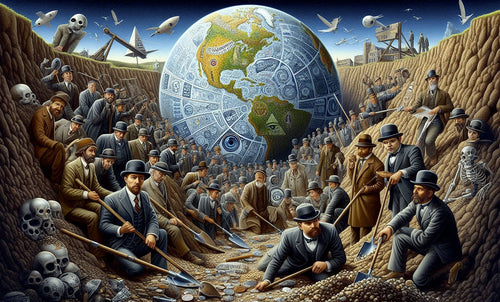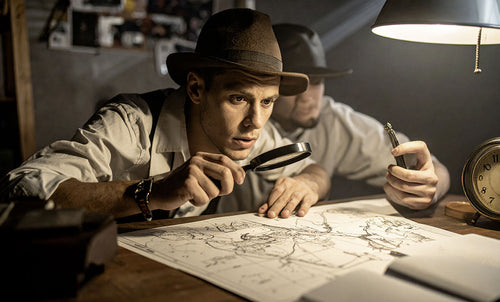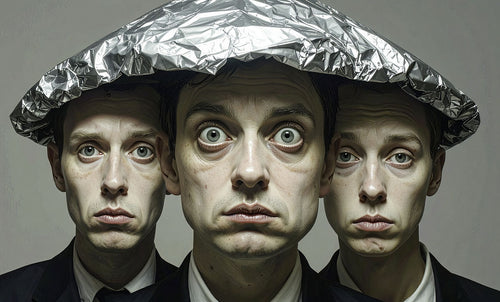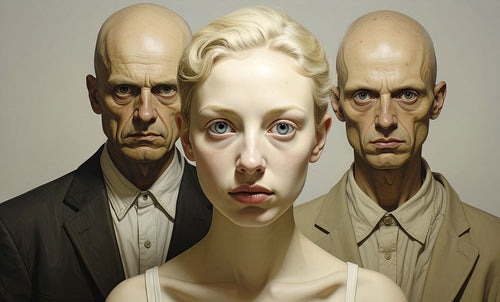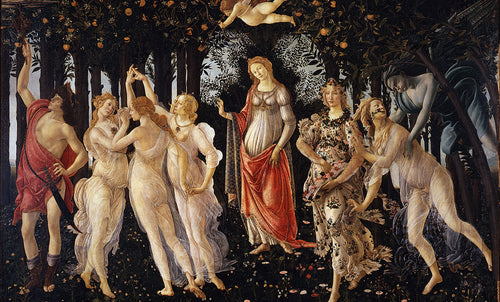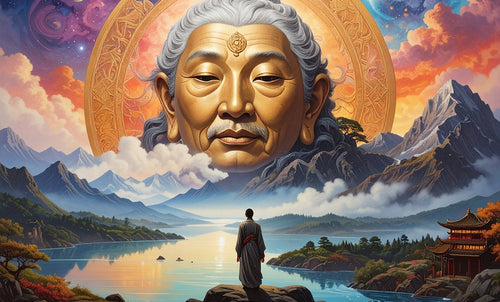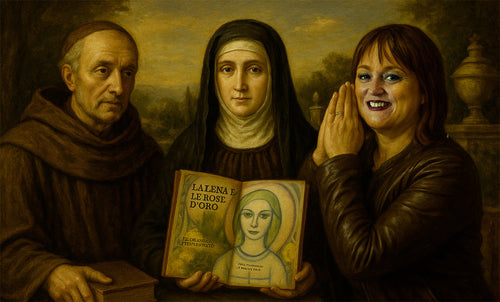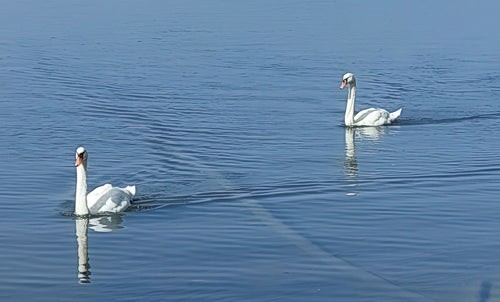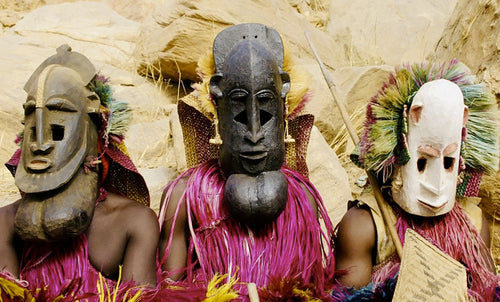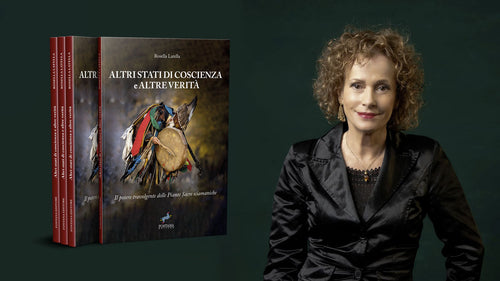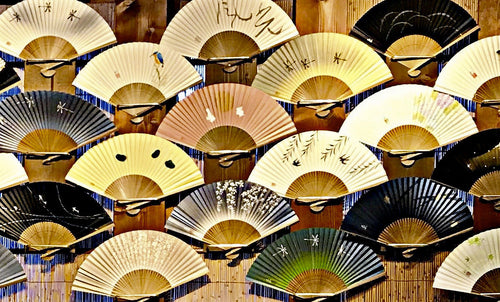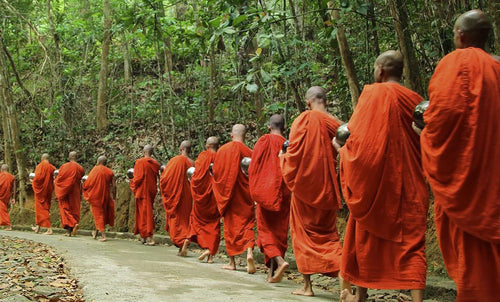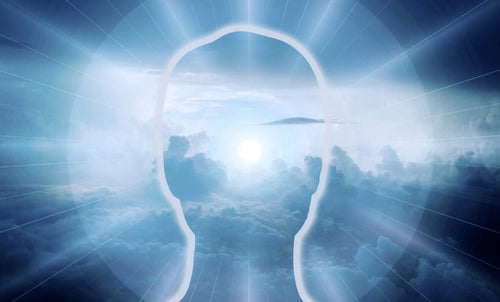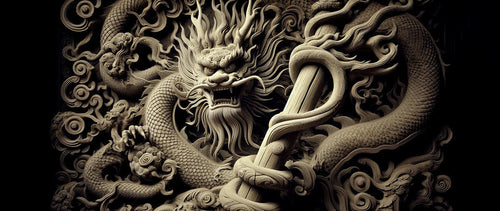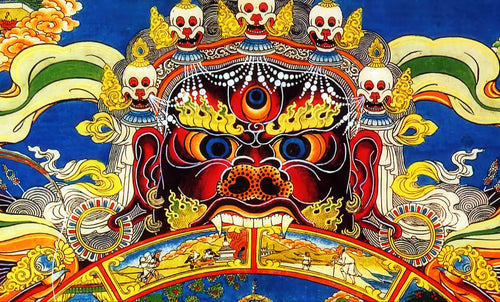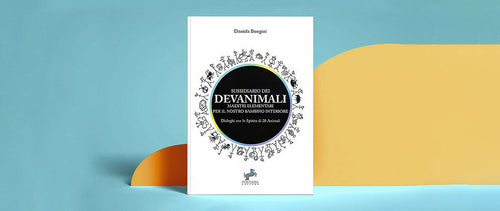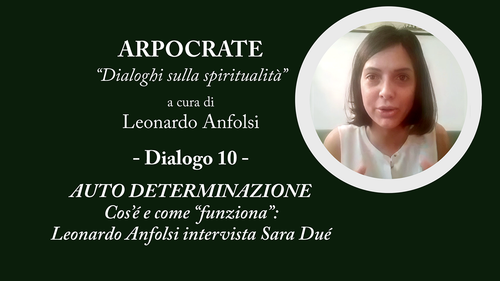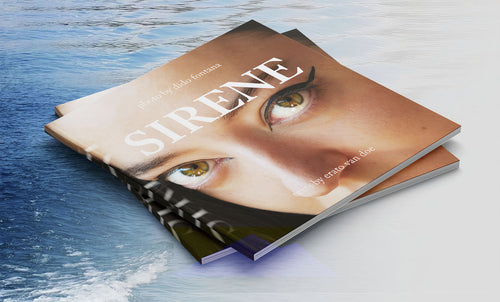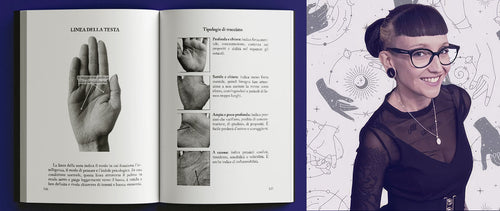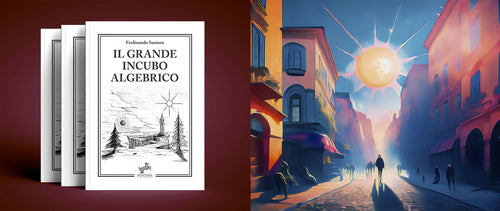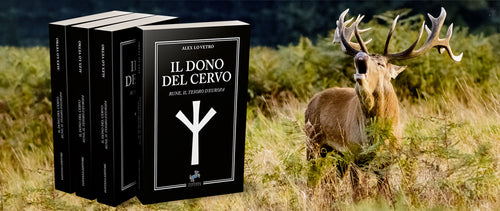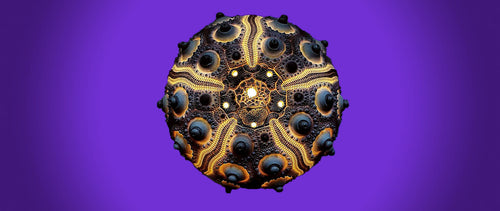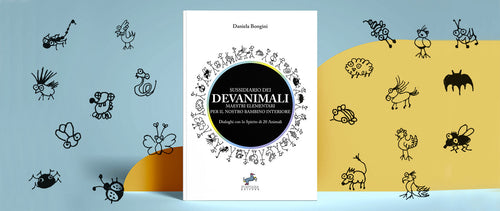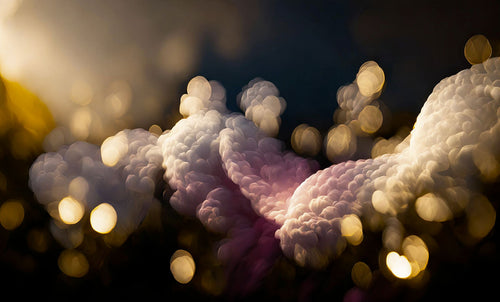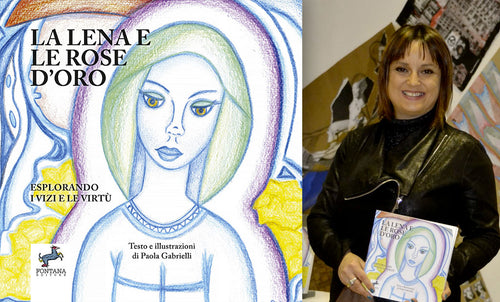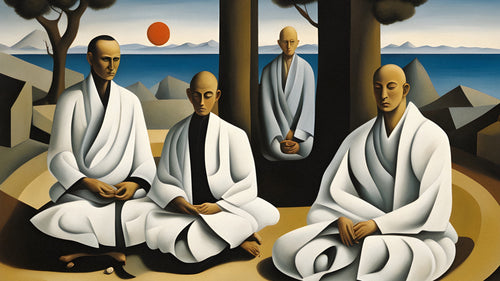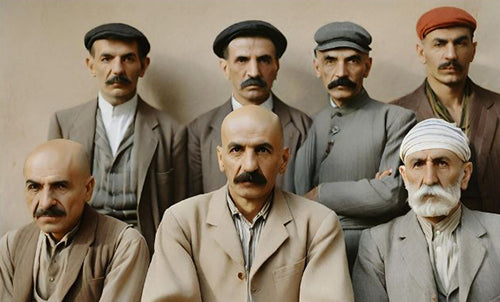
The alchemist stripped bare in the bachelor 2
Arturo SchwarzContinue from part one - In the course of this journey the Bachelor’s desires will be constantly threatened by two imposing castrating machines that symbolize the Bachelor’s onanistic activity: the Water Mill, whose seesaw movement controls the aperture of the castrating Scissors, and the Chocolate Grinder, whose gyratory movement produces “milk chocolate.”[43] Let us notice that the Scissors rest on the tip of the sharp Bayonet that rises threateningly from the heart of the Chocolate Grinder.
A beautiful poetical metaphor concludes the account of this perilous voyage. The mirror reflections of the Bachelor’s desires “coming from below” will harmoniously organize themselves “like some jets of water which weave forms in their transparency”[44] to form the Picture of Cast Shadows in the upper half of the Glass. It is this immaterial work of art-which epitomizes the Bachelor’s longings as well as the very significance of his life-that our timid lover offers to the contemplation of the Bride.
True to its mythical character, and to the fact that the Large Glass exists within a dual reality, the saga has a dual ending. The unhappy end in the Large Glass is countered by the happy end that Duchamp envisaged for this story in his Notes and Projects for the Large Glass, where the expression of the Bride’s and of the Bachelor’s desires finally do meet.
Now that the story unraveled by the Large Glass has been outlined, we may verify the correspondences with its alchemical model.
The very layout of the Glass is revealing. The Glass is divided into two halves. The upper half, the Bride’s domain, is clearly identified with the Sky: the whole top of the Bride’s domain is occupied by a cloudlike formation known as the Top Inscription or Milky Way. The lower half, the Bachelor Apparatus, is clearly identified with Earth-in Duchamp’s own words it “rests on firm ground.”[45]
In the alchemical pansexual tradition, the Sky and the Earth are the “vertical” alchemical couple corresponding to the “horizontal” Brother-Sister couple. Sky and Earth are linked by the same love principle, and the alchemist’s task is again to provoke the coniunctio oppositorum in the alchemical microcosm.[46] In the words of the eighteenth-century alchemist Le Breton, this is achieved “by the union of two sperms, fixed and volatile, in which the two spirits are enclosed... the Sky becomes earth and the earth becomes sky, and the energies of one and the other are reunited.... This operation is called the reconciliation of contrary principles, the conversion of the elements, the regeneration of the mixture, and the manifestation of clarity and efficiency; or the real and perfect sublimation from the center to the circumference, the marriage of Sky and Earth, the nuptial couch of the Sun and the Moon, of Beya and of Gabertin, whence the Royal Child of the Philosophers [i.e., the Philosopher’s Stone] will issue.”[[47]
The opening phrases of this quotation help us to understand the poetical metaphor through which Duchamp, in his Notes, describes the concluding event in the Large Glass. The Bride’s desires, the “love gasoline, a secretion of the Bride’s sexual glands”[48] (which calls to mind the “astral sperm” or Spiritus mundi of the alchemical tradition), will mingle with the Bachelor’s desires, the volatile sperm, the “Illuminating Gas”[49] (similarly formed in the Bachelor’s sexual glands-the “Eros matrix”),[50] to form a “physical compound ... not analysable by logic.”[51] This poetical metaphor for the union of the Bride and Bachelor is a transparent allusion to the alchemical coniunctio oppositorum that Le Breton, in the above quotation, described as the “union of two sperms, fixed and volatile.”
We have seen how the Bride’s “love gasoline” and the Bachelor’s “Illuminating Gas” must overcome all sorts of obstacles before reaching the region where they will finally confront each other. Their long and tormented journey[52] is again a metaphor of the quest for the Philosopher’s Stone. “The road is arduous, fraught with perils, because it is, in fact, a rite of the passage from the profane to the sacred, from the ephemeral and illusory to reality and eternity, from death to life, from man to the divinity.”[53]
Nor should it surprise us that the psyche’s odyssey to reconquer its unity is so tortuous if we remember that “the right way to wholeness... is a longissima via not straight but snakelike, a path that unites the opposites,”[54] since “individuation, or becoming whole, is neither a summum bonum nor a summum desideratum, but the painful experience of the union of opposites.”[55]
The goal of this union is the same as the alchemist’s: the reconstruction of the splintered personality. And the way Duchamp succeeds in graphically expressing this goal is indeed remarkable. Duchamp uses for the last element represented in the Bachelor’s domain one of the oldest esoterical symbols of humanity: the Dotted Circle. This Dotted Circle admirably epitomises the twin psychological and alchemical concepts of the fundamental unitary drive of the Psyche and the quest for the Stone. In his studies concerning Mandala symbolism, Jung remarks that in the Tantric doctrine, Lamaism, and Chinese alchemy, the circle stands for “the union of all opposites... the state of ever lasting balance and immutable duration.”[56] From the psychologist’s standpoint, the periphery contains “everything that belongs to the self-the paired opposites that make up the total personality.”[57] Jung, however, adds a new dimension to the circle symbolism when he ascribes a therapeutic effect to it. “The protective circle then guards against possible disruption due to the tension of opposites,”[58] and the circle thus expresses “the idea of a safe refuge, of inner reconciliation and wholeness.”[59]
On the other hand, the Dotted Circle is also the alchemical symbol for both the Stone (or Philosopher’s Gold)[60] and the King (the active principle who possesses the power to fertilise the waters and form the Philosopher’s Stone).[61]
The three steps of the Bachelor’s individuation process find an exact parallel in the three main stages of the alchemical process for the production of the Philosopher’s Stone (lapis philosophorum).
Allegory of alchemy in a bas-relief of the central porch of Notre Dame Cathedral, Paris. Notice the head crowned by clouds-exactly like the Bride’s in the Large Glass.
This process can be expressed in the lapidary formula solve et coagula, corresponding, on the physical plane, to separation and reunion; on the physiological plane to catabolism and anabolism; on the psychological plane to analysis (meditatio) and transcendental synthesis (imaginatio). This operation is to be repeated as many times as may be necessary to achieve the desired result. The energy required to carry out the second part of this proposition is to be released by executing its first part.
This dual operation involves three main stages. The first stage, calcinatio or melanosis (calcination or blackening), sees the apparent death of the adept. It involves a complete loss of his identity; the adept returns to a state of primordial unconsciousness, of agnosia. “We notice a total and hallucinating scattering of the intellectual faculties, the unbridled psyche having lost all its points of contact invades the intellect. I am no longer ‘I’. And I am also nothing else.”[62]
Duchamp describes in almost identical terms the first stage of the Bachelor’s individuation process. The Bachelor’s desires are “hallucinated rather onanistically”[63] they take the scattered “form of a fog of solid spangles”[64]... “each spangle retaining in its smallest parts the malic tint”[65] [malic tint: sexual identity]. The spangles are then “dazed... they lose their awareness.... They can no longer retain their individuality.”[66] Finally “the spangles dissolve... into a liquid elemental scattering, seeking no direction, a scattered suspension.”[67]
This “elemental scattering” irresistibly evokes the primordial elemental state into which the alchemist’s prima materia has been broken down during the first stage of the process for producing the Philosopher’s Stone. This state derives its model from the original chaotic state of the cosmos before the beginning of the differentiating processes. The first stage of the prima materia is the empirical equivalent of the adept’s state of agnosia.
Jung remarks that the alchemical description of this first stage “corresponds psychologically to a primitive consciousness which is constantly liable to break up into individual affective processes-to fall apart, as it were.”[68]
If the adept is to achieve the considerable increase of self-knowledge that is implied by the third stage-a prerequisite for the unio mentalis, the interior oneness that Jung calls individuation-it is necessary to reach a psychic equilibration of opposites. These opposites-in this case mind and body-have to be separated if they are to be reunited at a higher level; Jung points out that this separation is equivalent to voluntary death.
The aim of this separation was to free the mind from the influence of the “bodily appetites and the heart’s affections,” and to establish a spiritual position which is super ordinate to the turbulent sphere of the body. This leads at first to a dissociation of the personality and a violation of the merely natural man.... The separation means withdrawing the soul and her projections from the bodily sphere and from all environmental conditions relating to the body. In modern terms it would be a turning away from sensuous reality... it means introversion, introspection, meditation, and the careful investigation of desires and their motives. Since, as Dorn says, the soul “stands between good and evil,” the disciple will have every opportunity to discover the dark side of his personality, his inferior wishes and motives, childish fantasies and resentments, etc.; in short, all those traits he habitually hides from himself. He will be confronted with his shadow, but more rarely with the good qualities, of which he is accustomed to make a show anyway.[69]
Before proceeding to the second stage, I would like to mention that our discussion does not constitute a digression, since the discovery of the alchemical patterns of the Bachelor’s motivation helps us grasp the fascinating complexity of his psyche. The mundane meaning of the Bachelor’s love affair acquires in this context an archetypal dimension of universal significance.
The second stage, leukosis or albedo (whitening), sees the reacquisition, on a higher plane, of the adept’s identity. A sifting of the scattered elements takes place. These elements are washed (ablutio or baptisma) and undergo a whole series of operations with a view to transforming the adept into the Alchemical King. “It is the silver or moon condition, which still has to be raised to the sun condition. The albedo is, so to speak, the daybreak, but not till the rubedo is it sunrise.”[70] Again, Duchamp’s description of the processes that lead to the Bachelor’s reacquired identity are strikingly similar. The spangles who have lost their identity-”provisionally, they will find it again later”[71] -are washed “in the operation of the liquefaction of the gas,”[72] and sifted in passing through “the holes of the Sieve with élan.”[73] It then becomes possible for the spangles to “improve” and become “the apprentice in the sun.”[74]
The reacquisition of the adept’s identity is achieved in the second stage by reuniting, on a higher level, what has been separated in the first stage-spirit and body.
For this procedure there were many symbols. One of the most important was the chymical marriage, which took place in the retort. The older alchemists were still so unconscious of the psychological implications of the opus that they understood their own symbols as mere allegories.... Later this was to change, and already in the fourteenth century it began to dawn on them that the lapis was more than a chemical compound.... The second stage of conjunction, the reuniting of the unio mentalis with the body, is particularly important, as only from here can the complete conjunction be attained-union with the unus mundus. The reuniting of the spiritual position with the body obviously means that the insights gained should be made real. An insight might just as well remain in abeyance if it is simply not used. The second stage of conjunction therefore consists in making a reality of the man who has acquired some knowledge of his paradoxical wholeness. The great difficulty here, however, is that no one knows how the paradoxical wholeness of man can ever be realized... because the realization of the wholeness that has been made conscious is an apparently insoluble task.[75]
These last words of Jung’s comment may provide an additional explanation for the fact that the Large Glass was abandoned by Duchamp in a state of incompletion. Since it was impossible for the unconscious drives to find a satisfactory graphic materialization, Duchamp lost all interest in pursuing an “insoluble task.”
The third stage, iosis or rubedo (reddening), sees the celebration of the nuptials between the (red, solar) King and the (white, lunar) Queen. The King stands for the adept who, in this second stage, has achieved individuation through the unio mentalis just described. The Queen stands for the original unus mundus-the potential world still at the stage of the undifferentiated cosmos, the res simplex (the simple thing), literally the “one world.” Jung explains:
... the idea of the unus mundus is founded on the assumption that the multiplicity of the empirical world rests on an underlying unity, and that not two or more fundamentally different worlds exist side by side or are mingled with one another, Rather, everything divided and different belongs to one and the same world, which is not the world of sense but a postulate whose probability is vouched for by the fact that until now no one has been able to discover a world in which the known laws of nature are invalid. That even the psychic world, which is so extraordinarily different from the physical world, does not have its roots outside the one cosmos is evident from the undeniable fact that causal connections exist between the psyche and the body which point to their underlying unitary nature.[76]
The monistic outlook of the alchemist reflects itself in the strictly holistic nature of the partners in this marriage. Their union, the coniunctio oppositorum, finds its model in the hieros gamos, the sacred wedding feast, whose original incestuous nature is decisive.
For the alchemist, man’s salvation is the outcome of the union or relationship of the adept’s reconquered unified self with the primordial world. In psychological terms, it is the transcendental merging of the conscious with the unconscious.
Commenting on this aspect of alchemical thought as expressed by Gerhard Dorn, Jung writes:
The thought Dorn expresses by the third degree of conjunction is universal: it is the relation or identity of the personal with the suprapersonal atman, and of the individual tao with the universal tao. To the Westerner this view appears not at all realistic and all too mystic; above all he cannot see why a self should become a reality when it enters into relationship with the world of the first day of creation. He has no knowledge of any world other than the empirical one. Strictly speaking, his puzzlement does not begin here; it began already with the production of the caelum, the inner unity.... The psychological interpretation (foreshadowed by the alchemists) points to the concept of human wholeness. This concept has primarily a therapeutic significance in that it attempts to portray the psychic state which results from bridging over a dissociation between conscious and unconscious. The alchemical compensation corresponds to the integration of the unconscious with consciousness, whereby both are altered.[77]
It is this complex psychic process that Duchamp expresses in the Large Glass when he implies that the Bride’s domain (the upper half of the Glass, the Sky, the unconscious) is the “mirrorical return” of the Bachelor domain (the lower half of the Glass, the Earth, the conscious). In so doing Duchamp actually bridges the gap between conscious and unconscious. He draws our attention to the fundamental monistic structure of the Glass; the duality that derives from the physical division of the Glass in two halves, each of which bears a different name, is abolished.
Let us return to Duchamp’s description of the third stage of the Bachelor’s odyssey. We remember that the Bachelor “coming from below” (Earth) finally meets the Bride “coming from above” (Sky) in the upper half of the Large Glass. The Bachelor-King, at the end of his long journey, has conquered the unio mentalis; he is therefore ready to meet the Bride-Queen who symbolises the unus mundus.
We may now notice another beautiful correspondence. Duchamp’s projection of the horizontal Bride/Bachelor couple into the vertical Earth/Sky couple finds its isomorphic equivalent in the alchemical projection of the horizontal King-Queen couple into the vertical Earth-Sky couple that has been mentioned before. Duchamp gives graphic expression to this projection from the horizontal to the vertical plane when he shows us, in the sketches that accompany Notes 82 and 83 for instance, the projection of the Bride’s and the Bachelor’s desires, respectively, from the horizontal level to the vertical one. It is expressed in words when he describes the mechanism that governs this projection. In the case of the Bride, her desires will be deviated from one plane to the other through the orientation of the three nets (Note 81); in the case of the Bachelor, through the prisms that were to have been “stuck behind the glass” (Note 119).
This identification of the Bride/Bachelor couple with the Earth/Sky couple extinguishes the motivations for the moral conflict that derives from the unconscious incestuous trend and bridges over the apparently irremediable Bride/Bachelor separation.
The basic goal of alchemy is not different. Jung observes:
It was a work of reconciliation between apparently incompatible opposites, which, characteristically, were understood not merely as the natural hostility of the physical elements but at the same time as a moral conflict. Since the object of this endeavor was seen outside as well as inside, as both physical and psychic, the work extended as it were through the whole of nature, and its goal consisted in a symbol which had an empirical and at the same time a transcendental aspect.[78]
One last remark: we may have noticed the constant recurrence of the number three in the processes described by Duchamp. This is not astonishing if we remember that, in the alchemical tradition, this number is the symbol of Hermes, who, in turn, is the prototype of the Son, the hermaphrodite, the radiant lumen novum.
Duchamp’s mythopoeic ability, which finds its highest achievement in the Glass, has given us one of the most useful works of Occidental thought. “We like to imagine that something which we do not understand does not help us in any way,” observes Jung, “but that is not always so.... Because of its numinosity the myth has a direct effect on the unconscious, no matter whether it is understood or not.”[79]
I still have in my ears the sound of Bachelard’s voice when, years ago, he explained that “alchemy is a science only for men, for bachelors, for men without women, for initiates isolated from the community, working in favor of a masculine society,”[[80] and I remember that I immediately thought of Duchamp. When I read Jung’s remark that “true alchemy was never a business or a career, but a genuine opus to be achieved by quiet, self-sacrificing work,”[81] I could not help thinking again about Duchamp. In a world as rationalist, prosaic, and fragmented as ours, only Duchamp had attempted an irrational, poetic, and humanistic adventure of alchemical dimensions. No work but the Large Glass has embodied the unattainable transparency of the Philosopher’s Stone. The story of the quest of the Philosopher’s Stone is a story of failures. But the men who bravely fail teach us more than those who briefly succeed.
(Arturo Schwarz, “The Alchemist Stripped Bare in the Bachelor, Even,” in Anne d’Harnoncourt and Kynaston McShine (eds.), Marcel Duchamp, MoMA, New York, 1973, p. 89-98.)
Thanks Lucrezia De Domizio Durini for joint cooperation.
Go to the first part of the article >>>
Notes:
[43] Ibid., Note 140.
[44] Ibid., Note 85.
[45] Ibid., Note 1.
[46] Elie-Charles Flamand, Erotique de l’alchimie (Paris: Pierre Belfond, 1970), p. 16.
[47] Le Breton, Clefs de la philosophic spagyrique (Paris: C. Joubert, 1722), quoted by Flamand, Erotique de l’alchimie, p. 16 and pp. 38-39. See also Jean d’Espagnet, Enchiridion physicae restitutae (1623), who also greatly emphasizes the pansexualist aspect of hermetic cosmogony.
[48] Notes and Projects, Note 1.
[49] Ibid., Note 92.
[50] Ibid.
[51] Notes and Projects, Note 1.
[52] Described in my Complete Works, pp. 151-62 and 165-89.
[53] M. Eliade, Cosmos and History: The Myth of the Eternal Return (1949), trans. Willard R. Trask (New York and Evanston: Harper & Row, 1959), p. 18.
[54] Jung, Psychology and Alchemy, p. 6.
[55] Jung, “Concerning Mandala Symbolism” (1950), The Archetypes and the Collective Unconscious, p. 382.
[56] Ibid., p. 358.
[57] Ibid., p. 357.
[58] Ibid., p. 367.
[59] Ibid., p. 384.
[60] Herve Masson, “Symboles alchimiques et spagyriques,” in Dictionnaire initiatique (Paris: Pierre Belfond, 1970), p. 365.
[61] Bernard of Treviso, Natural Philosophy of Metals, quoted by H. Masson, Dictionnaire initiatique, p. 125.
[62] H. Masson, Dictionnaire initiatique, p. 127.
[63] Notes and Projects, Note 92.
[64] Ibid., Note 98.
[65] Ibid., Note 100.
[66] Ibid.
[67] Notes and Projects, Note 101.
[68] C. G. Jung, Mysterium Coniunctionis, “The Collected Works... ,” vol. XIV, ed. Sir Herbert Read, Michael Fordham, Gerhard Adler, trans. R. F. C. Hull (London: Routledge & Kegan Paul, 1963), p. 459.
[69] Ibid., pp. 471, 472-73.
[70] Jung, Psychology and Alchemy, p. 221.
[71] Notes and Projects, Note 100.
[72] Ibid., Note 98.
[73] Ibid.
[74] Notes and Projects, Note 110.
[75] Jung, Mysterium Coniunctionis, pp. 475-76.
[76] Ibid., pp. 537-38.
[77] Ibid., pp. 535, 546.
[78] Ibid., p. 554.
[79] Jung, “On the Psychology of the Trickster Figure,” in The Trickster, by Paul Radin (New York: Bell Publishing Company, 1956), p. 207.
[80] Gaston Bachelard, La Psychanalyse du feu, 1949 (Paris: Gallimard, 1965), p. 90.
[81] Jung, Psychology and Alchemy, p. 301.

